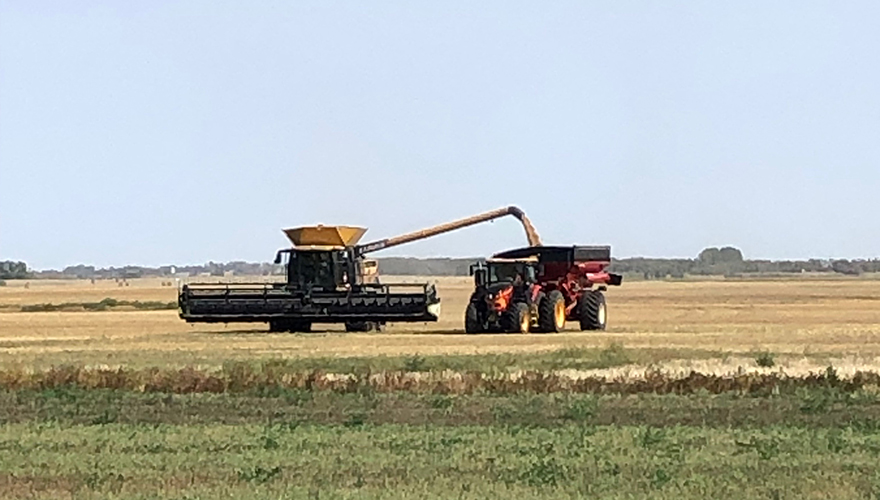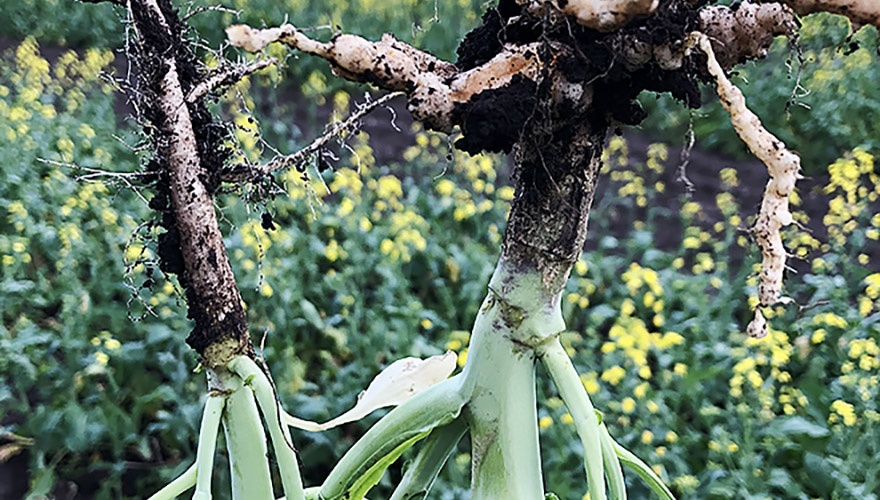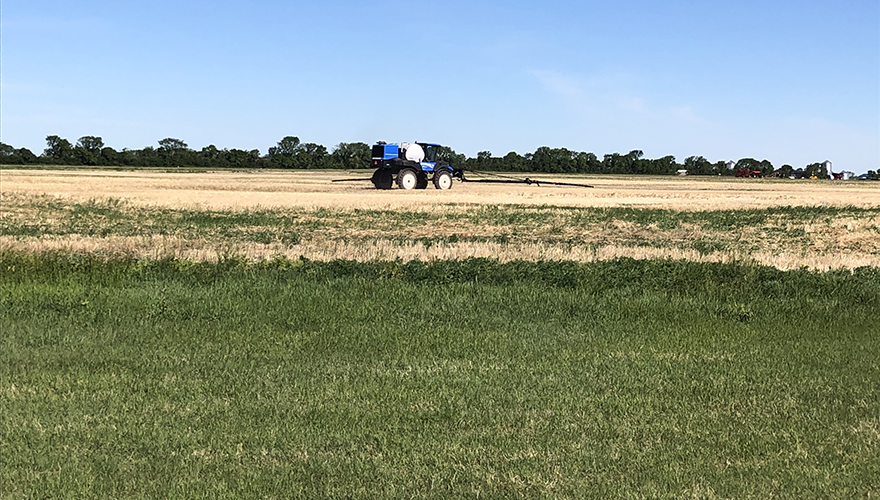Posted January 03, 2020 | By: Scott Anderson
Crop Planing Tips
Crop planning can be hard to do with uncertainty in the markets, however doing it sooner rather than later is important. Acting while agronomic issues encountered in last year’s crop are fresh in our minds is key, as some issues may be addressed through planning.
The first step is looking at your rotation. I strongly recommend using a digital tool whether it be a spreadsheet or crop planning tool that backs up to the cloud. Remember to back up your data.
Proper rotation and land selection are the most important pieces of managing soil-borne pathogens such as clubroot or Aphanomyces. At a minimum, look at your previous four crops on each field. Test your seed for both germination and seed-borne diseases at an accredited lab, and mark which bins you took your samples from. Alternatively, look at the use of certified seed. Too often I see symptoms of loose smut in barley that could have been managed with the use of a proper seed treatment.
Look at your herbicide rotation and chronic weed issues on each field over the past years as that can help with crop selection or planning herbicide use for the coming season.
With variety selection, don’t get hung up on picking the highest yielder as your sole criteria, as yield can vary among geographies Look first at agronomic attributes such as maturity, disease resistance and lodging resistance.
Planning now will give you more time throughout the winter months to gather information and arrange your inputs for this year’s crop. These are a few quick hitters on crop planning; all important aspects of preparing for the upcoming growing season.
FEATURED LINKS
NEWSLETTER
Want to stay caught up in all things agriculture? Sign up for the newsletter and get all the latest news straight to your inbox.
Agriculture Apps: Information You Need Your Fingertips
Posted January 16, 2020





